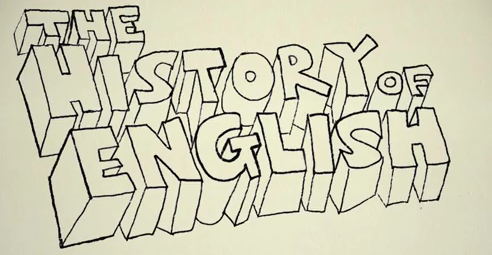Carol L. Robinson
July 10, 2014, Revised July 12, 2014*
*Jointly published with Polygonal Prose.
So, here begins the story of my life (not really) as a professor of medieval literature (really) who is also rather geeky (not really, particularly in the eyes of true computer scientists, yet also really, particularly in the eyes of non-computer users).
For many of the now “old timers” of medieval higher education, the love/hate relationship between medieval studies and computer programing and design (particularly typesetting and web applications) is not surprising. This love/hate affair between technology and medievalists has a relatively long history, dating back to the need for quality font typesettings for non-contemporary languages, such as Old English. For medieval scholars (among other humanities scholars), word processors were unable to generate fonts that did justice to the languages. These scholars turned to computer technology and adopted what was originally called TeX.
TeX was designed, in the 1970s, by Donald Knuth, a mathematician who worked at Stanford Artificial Intelligence Labratory (SAIL), where Tolkien influenced the atmosphere: rooms were named after locations in Middle-earth; the rigged vending machine was known as the Prancing Pony. In fact, Knuth created TeX fonts for J. R. R. Tolkien’s various medievalist fantasy languages. He created TeX because he wanted to create a program that made beautiful typesetting (as opposed to what word processing could do). “LaTeX is intended to provide a high-level language that accesses the power of TeX. LaTeX comprises a collection of TeX macros and a program to process LaTeX documents. Because the plain TeX formatting commands are elementary, it offers authors ready-made commands for common requirements such as chapter headings, footnotes, cross-references and bibliographies” (Wikipedia).
The history of medieval studies and computer technology dates back, then, to at least the 1980s (if not the 1970s). Such technology was a vital step in bringing medieval studies into the Digital Age. There is now a long list of ready-made fonts, all available for free use. Here, for example, is a list of runic fonts.
Teaching medieval studies online is a little more recent, but still significantly more established than teaching other disciplines of the arts and humanities. For example, various sites were built for Chaucer Metapage nearly at the start of the blossoming of the World Wide Web, in the late 1990s–1998, to be exact: it was “initiated at the 33rd International Congress of Medieval Studies by Larry D. Benson, Edwin Duncan, and Joseph Wittig. . . .” These sites provide research, texts, images, written lessons, and even quality audio readings of Chaucer’s text. There are now numerous sites focused upon medieval studies. (The Camelot Project and The Robin Hood Project are two more examples.) Indeed, there are several communities of medieval scholars who are striving to bring the medieval studies online, such as Digital Medievalist. Much of this work, so far, has been designed to supplement the physical classroom: a professor might draw upon these wonderful sources to illustrate, explain and promote deeper examinations and analyses.
But what about the cyber-classroom?
This is where I jump in: I have been a 100% online Distance Educator for several years (but have been working with technology and teaching since the late 1980s). A couple of years ago, I taught a web-based (partially in the physical classroom, partially online) course on Medieval Literature. In August, however, I will be teaching a fully online Medieval Literature class, and in my goal to design a good learning experience for my students, I have been struggling with that question that now seems to haunt anyone who is teaching an online course: do my instructional needs control the tools, or do the tools control my instructional needs?
I’m not the first instructor to be writing about this, of course, but I thought it might be interesting if I shared my experiences in building and teaching this class.
For now, I’ll end this part of the series with something rather humorous produced by Open University, one of the several short videos on the history of English:
*Revised with thanks to Scott Randby for further explanation of TeX and LaTeX.

